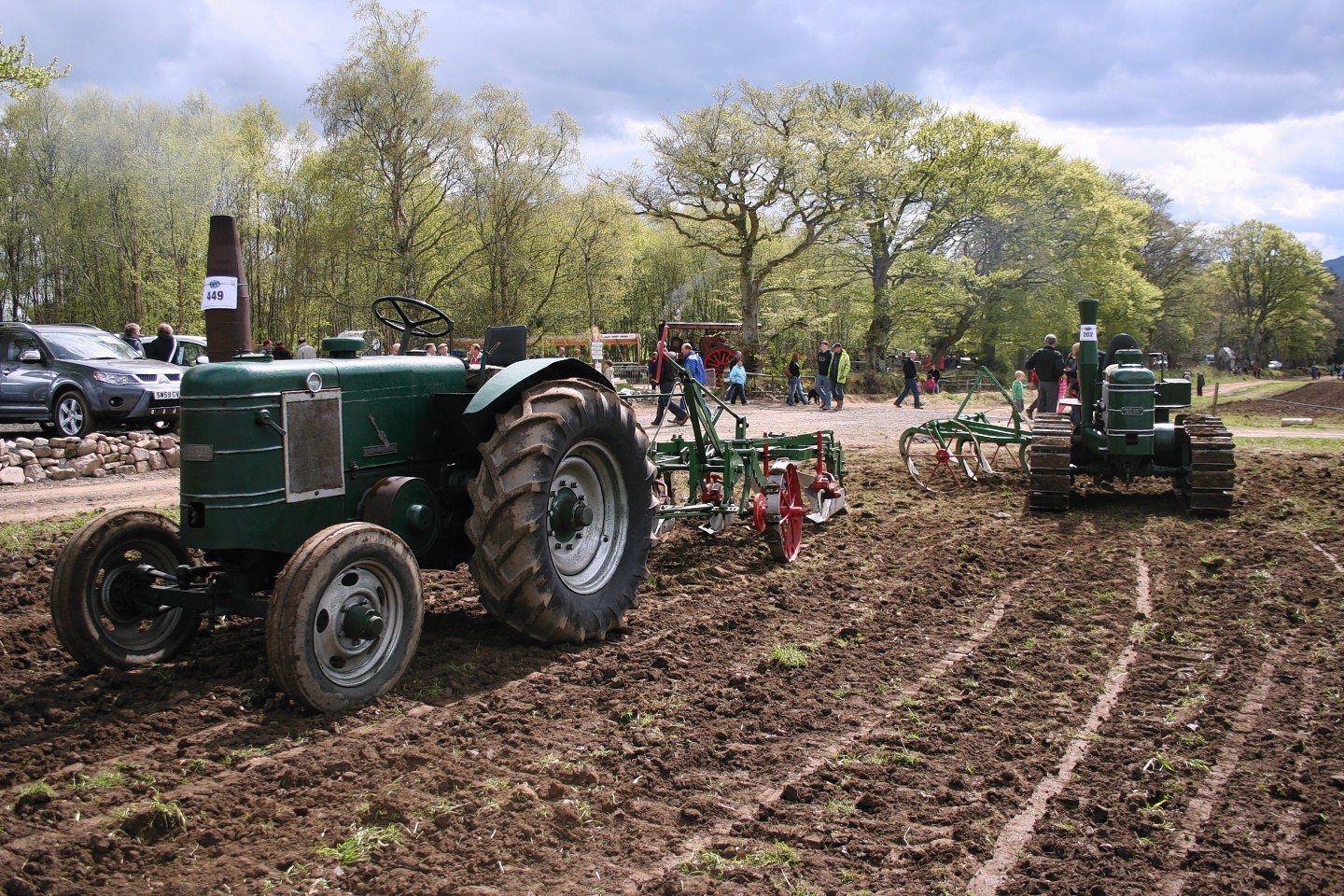The British people owed a great debt to the servicemen and women who in some cases had given the ultimate sacrifice during World War II. Such was the feeling towards the military that even agriculture, which too had contributed so much, felt it should honour the armed forces.
The use of military terminology was an obvious method of capturing the respect felt and two tractor manufacturers used Army ranks to signify new models launched towards the end of the war.
Fordson, whose many tractors had helped win the fight for food, brought out the Fordson Major in March 1945 while in June Marshall of Gainsborough in Lincolnshire renamed their tractors as Field Marshall and offered the first of a new series of tractors.
Marshall was a long-established engineering company dating from 1848 which had specialised in steam and, to complement this, offered threshing mills too.
However the arrival of the internal combustion engine did not go unnoticed and as the days of steam appeared to be numbered they began to offer oil-engine tractors early in the 20th century.
Many of these ended up in Canada to break up the virgin prairies and these tractors of several differing sizes were given the name of Colonial.
The Great War stimulated much work for Marshall but after the conflict when the demand for steam engines fell rapidly Marshall looked east to Germany where their single-cylinder Lanz Bulldog diesel tractors were proving very popular.
So in 1928 Marshall started working on its own design of this type of tractor. This work would eventually see the company launch the 15/30 model in 1930 and then the 18/30 model in 1932. In 1936 Marshall offered the new improved 12/20 models and, from 1938, to be known as the Marshall M.
Even with the start of WWII in September 1939 Marshall continued to build the Model M amid many government contracts but shortages meant having to use parts originally manufactured for the M’s predecessors, meaning a loss of standardisation.
Despite the rigours of war Marshall’s designers managed to work on improvements to the Model M and actually instigated plans to build a successor in 1943. Wooden mock-ups were fashioned and pre-productions models assembled for field testing by the famous test driver Sid “Treasure Island” Hawkins.
Field testing went well and the tractor offered more power over its predecessor and was turned out in a more streamlined look with curvy tin work around the nose cone. Painted in a slightly darker green colour of Brunswick green the new tractor had the wheels turned out in silver along with silver lining, trim and embellishments. A new corporate logo of a clenched fist holding a torch also appeared on the side of the tractor.
Initially cast wheels were used before pressed steel examples arrived. The cigar-shaped Burgess exhaust pipe was one of the distinguishable features of the tractor as was the continued mounting of the radiator core on the side.
Given the name of the Field Marshall in line with the new corporate ethos, it had two versions – the MK 1 and the MK II, with the latter aimed at contractors. With the subsequent models being named as Series 2 and Series 3 tractors history has given the first Field Marshall the title of Series 1.
With the use of steam in agriculture coming to an end following the war, many of Marshall’s steam-threshing customers turned to the new tractor to operate the threshing mills. They found them to be a godsend with low running costs associated with the single cylinder diesel engines and no early starts to raise steam long before threshing could begin.
It has to be said that despite this starting a Marshall tractor was no straightforward procedure either, though. However eventually the firm offered a popular starting cartridge method for inserting and detonating to aid starting.
Indeed, the single cylinder diesel format proved to be a major seller for these tractors among threshing contractors who loved the frugality of the engines that could sit all day driving mills without the problems of the spark plugs of petrol paraffin tractors oiling up.
Threshing contractors’ Mark 2 models were fitted with winches for moving tackle into position while lighting was fitted for travelling during darkness in winter and for protection from the elements a canopy was fitted over the driver’s platform.
Marshall continued to improve the designs of the tractor which led to the launch of the Series II in 1947 and the Series III in 1950 and the IIIa in 1952 a year later. The IIIa was turned out in orange to distinguish it from the Series III models.
The origins of the orange colour scheme belong to Fowler of Leeds who were bought by Marshall’s parent company Thos Ward in 1946. Ward had decided to rationalise production of agricultural vehicles and dropped Fowlers FD multi-cylinder engined crawler range and replaced them with a crawler based on the Field Marshall tractor in 1947.
This range of crawler mirrored changes of the tractor range until production of both wheeled and tracked typed ended in 1956 after falling behind the competitions’ more modern high speed multi-cylinder diesel engine tractors. Despite a brief excursion into multi-cylinder diesels with the MP4 and MP6 models, Marshall concentrated itself with the crawler market under its own name with multi-cylinder diesel engines and left wheeled tractors behind.
That is until the then owner of Track Marshall bought the tractor division from British Leyland and moved production from Bathgate to the old Gainsborough factory in 1982 and rebranded the Leylands as Marshalls. However Gainsborough will be remembered for Field Marshalls by all their fans many of whom are based here in the north and north-east.
